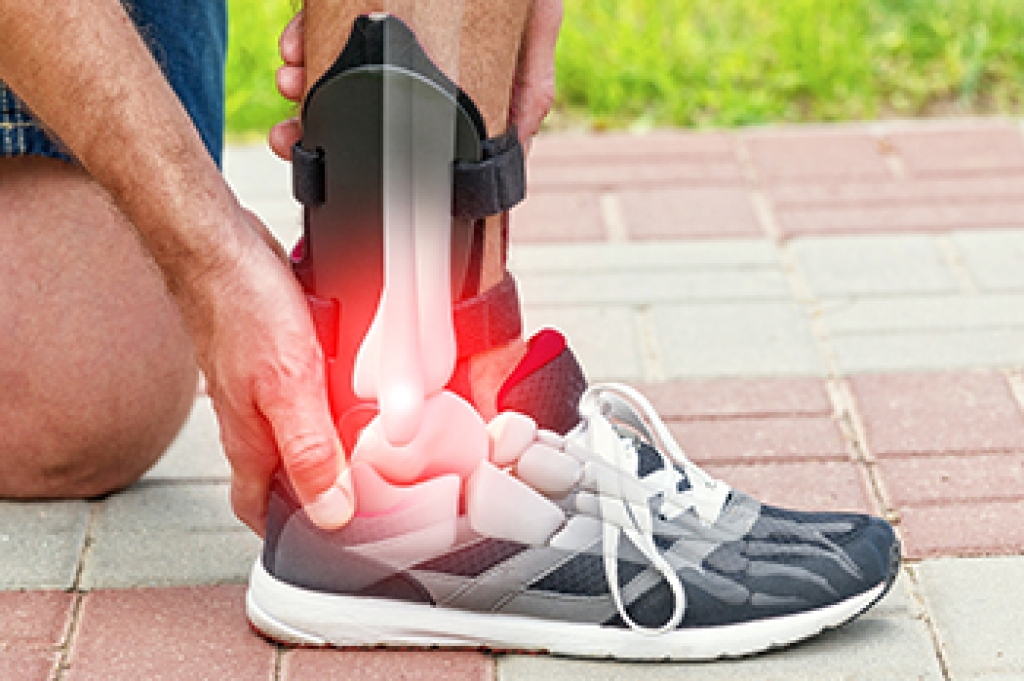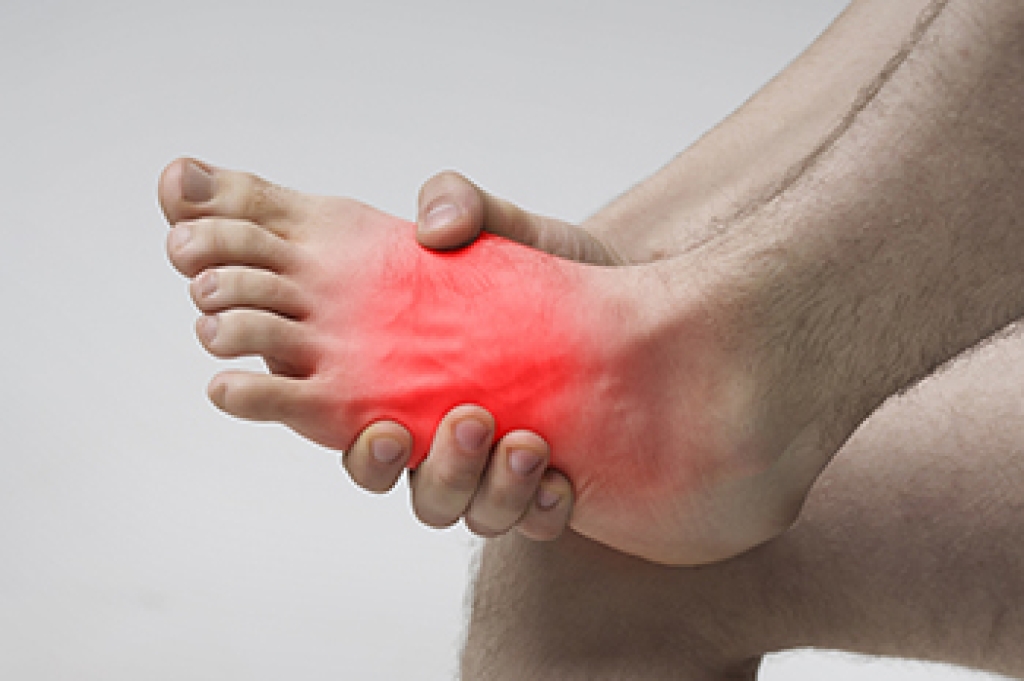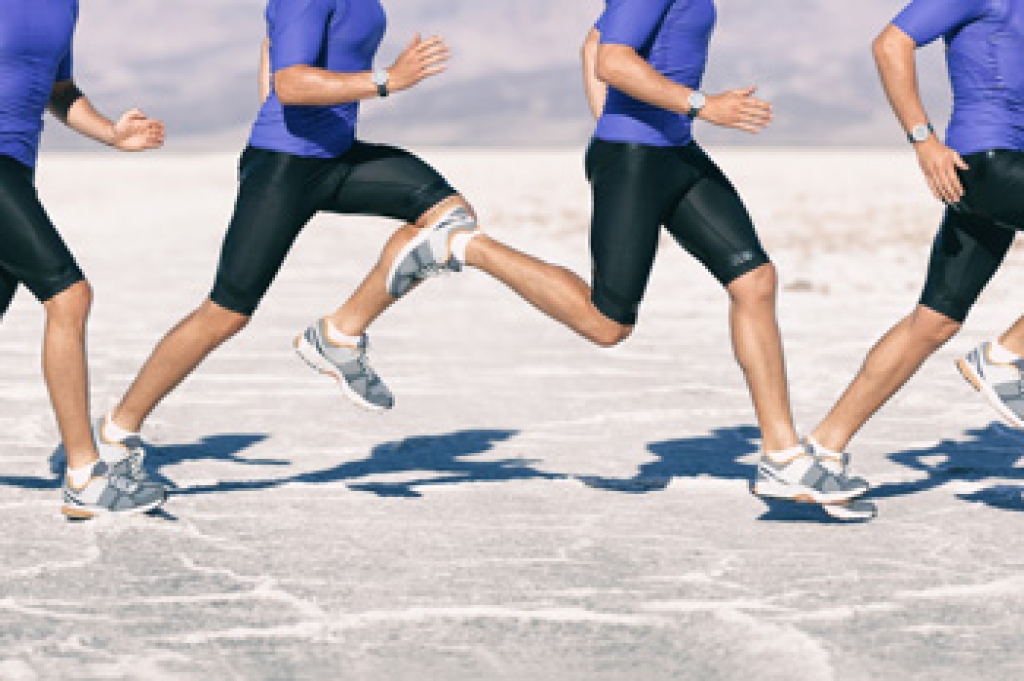
Selecting the appropriate ankle brace is akin to navigating a complex landscape, especially given the diverse needs of athletes. Ankle injuries demand tailored solutions, and understanding the attributes of each brace type is important. Sleeves, while the least stable, offer comfort and are suitable for first-line treatment. Straps, popular among athletes, involve cloth straps that create a heel-lock figure-eight, yet their complexity can lead to adherence issues. Stirrups, popular in the 90s, now find use in splints and controlled ankle motion. Lace-ups, the original stable design, have evolved with improvements in functionality and comfort. Hybrid braces, combining features of sleeves, straps, stirrups, and lace-ups, offer both comfort and stability, but come at a higher cost. The choice among these types depends on factors such as the athlete's position, preferences, and the specific injury or condition being addressed. It is suggested that you schedule an appointment with a podiatrist to find the most suitable brace for you.
Ankle and foot injuries are common among athletes and in many sports. They can be caused by several problems and may be potentially serious. If you are feeling pain or think you were injured in a sporting event or when exercising, consult with Stephanie Tine, DPM from Flamingo Foot and Ankle. Our doctor will assess your condition and provide you with quality foot and ankle treatment.
Common Injuries
The most common injuries that occur in sporting activities include:
- Achilles Tendonitis
- Achilles Tendon Rupture
- Ankle Sprains
- Broken Foot
- Plantar Fasciitis
- Stress Fractures
- Turf Toe
Symptoms
Symptoms vary depending upon the injury and in some cases, there may be no symptoms at all. However, in most cases, some form of symptom is experienced. Pain, aching, burning, bruising, tenderness, tightness or stiffness, sensation loss, difficulty moving, and swelling are the most common symptoms.
Treatment
Just as symptoms vary depending upon the injury, so do treatment options. A common treatment method is known as the RICE method. This method involves rest, applying ice, compression and elevating the afflicted foot or ankle. If the injury appears to be more serious, surgery might be required, such as arthroscopic or reconstructive surgery. Lastly, rehabilitation or therapy might be needed to gain full functionality in the afflicted area. Any discomfort experienced by an athlete must be evaluated by a licensed, reputable medical professional.
If you have any questions please contact our office located in Fort Lauderdale, FL . We offer the newest diagnostic and treatment technologies for all your foot and ankle needs.



